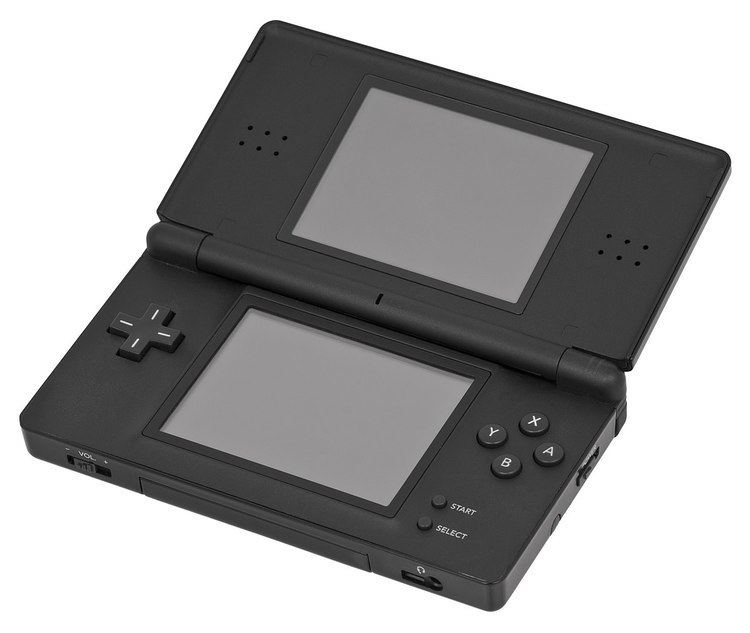Original author(s) Written in C++ | Developer(s) DeSmuME Team | |
 | ||
Stable release 0.9.11 / April 15, 2015; 22 months ago (2015-04-15) Preview release SVN 5522 / August 4, 2016; 6 months ago (2016-08-04) Repository sourceforge.net/p/desmume/code/HEAD/tree/ | ||
DeSmuME (formerly named YopYop DS) is a free/open source Nintendo DS emulator for Linux, OS X, Wii, AmigaOS 4, and Windows. Its name is derived from emu (which is short for emulator), DS and ME.
Contents
The original
The original emulator was in French, with user translations to English and other languages. It supported many homebrew Nintendo DS ROM demos, and a handful of Wireless Multiboot demo ROMs.
The original author, YopYop156, stopped developing DeSmuME at version 0.3.3 due to a change of laws regarding emulation in France, which was later discovered to be an April Fool's joke. After receiving feedback he eventually decided to quit anyway, and the source code was released.
Developer team
Initially, based on the original YopYop code, several independent developers released unofficial builds of DeSmuME. These various developers later united and merged their work, resulting in version 0.5.0 as their first release.
Features
On April 18, 2010, one of the contributors reported that work on Wi-Fi has reached a milestone. It was confirmed Mario Kart DS is possible to link and Worms: Open Warfare 2 can use Wi-Fi to play, albeit limited, multiplayer for 1 round. As of June 18, 2010, Wi-Fi was removed from the emulator by the developers due to actions by Nintendo. A developer reported that the Wi-Fi feature would remain disabled until they could get it "perfect enough to not get noticed again at Nintendo's side".
With the end of Nintendo support for online play of DS games, the issue was rendered moot.
Graphical improvements
System requirements
According to the official wiki project, there are no hard minimum hardware requirements for DeSmuME, but most games will run fairly well on the following operating systems and hardware:
Unofficial ports
DeSmuME has been ported to other systems, including a proof of concept port to the PlayStation Portable. That port has been called "useless" because the PSP does not have a touchscreen, and lacks the processing power to emulate games at full speed. Despite these shortcomings, it proves that successfully running Nintendo DS software on a PSP is possible. There is also a RetroArch/Libretro port.
X432R
DeSmuME X432R is a fork that includes some additional features for the Windows port. It is best known for adding an experimental high-resolution 3D renderer long before mainline DeSmuME received that feature.
